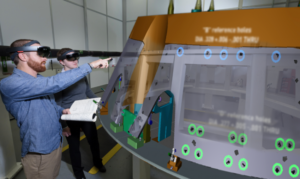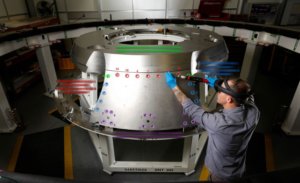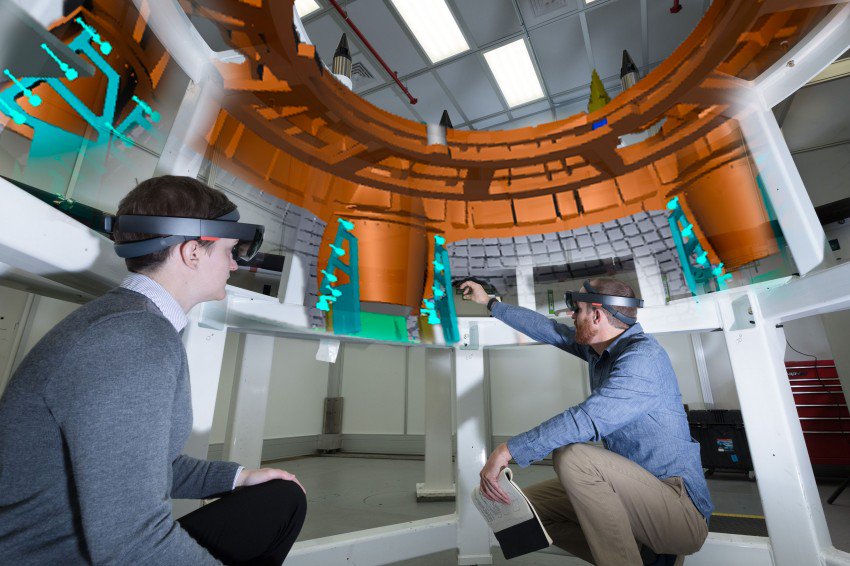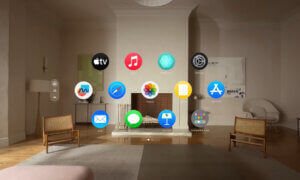Aerospace organizations have traditionally kept to paper manuals to give their workers the necessary instructions and it’s only been in the recent years that names like Boeing and Airbus tested working with the help of augmented reality, but neither took it beyond just a pilot phase, until now.
Lockheed Martin decided to start getting its company’s employees to use AR for their daily jobs, such as the most recent work on the Orion spacecraft. The new technology is replacing a binder of 1,500 pages.

The headset allows the employees to get accustomed to what they are expected to be doing in the hours to come. They use the headsets only for 15 minutes at a time in order to learn a task, but cannot wear it for more than three hours due to it becoming uncomfortable.
In the headset, the employees can see holograms that display the models created via engineering design software from Scope AR. The models of parts and labels are overlaid on the pieces of the spacecraft that have already been assembled. The headset also allows the workers to see what the product will look like when it will be finished.

Because using the headsets has shown significant improvements during testing, Lockheed is now planning to expand the use of AR – the technicians need less time to get familiar with and prepare for a new task or to understand and subsequently perform other processes like twisting fasteners and drilling holes.
It does not stop here though – Lockheed Martin wants to use the headsets in space one day as well. The way the workers use the headsets on Earth can give insight into how astronauts could be using them to maintain the spacecraft.
Of course, there’s still a long way to go before the headsets will be used in space, but, judging by how far they’ve come, we’re pretty sure Lockheed Martin will overcome whatever obstacles will come their way quite quickly.
Follow TechTheLead on Google News to get the news first.






















